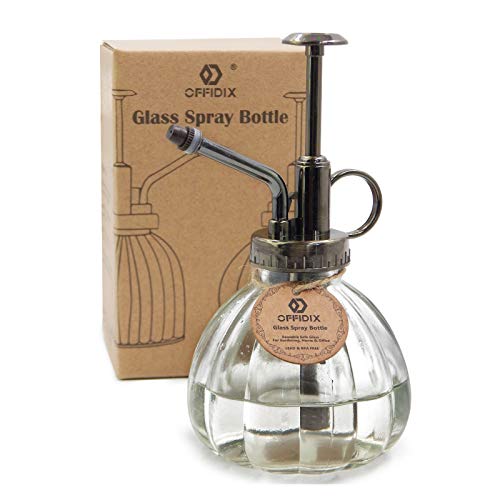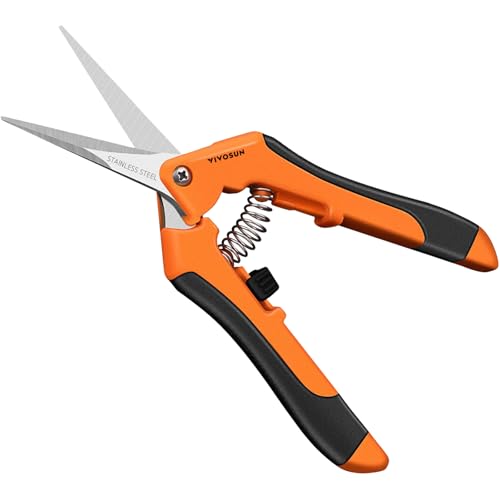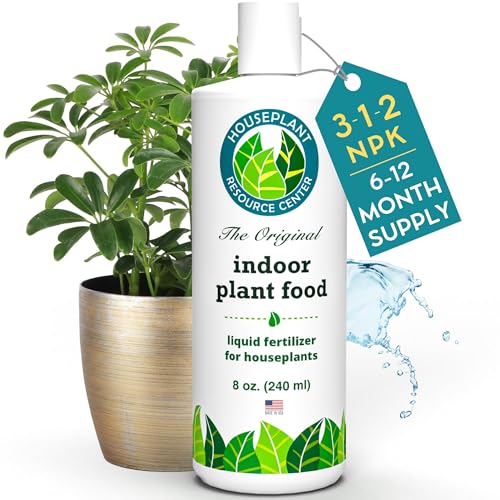Add living art to your walls this fall with these 5 houseplants you can mount – plus tips from an expert on how to successfully care for them
Turn your houseplants into a masterpiece by displaying them on your walls
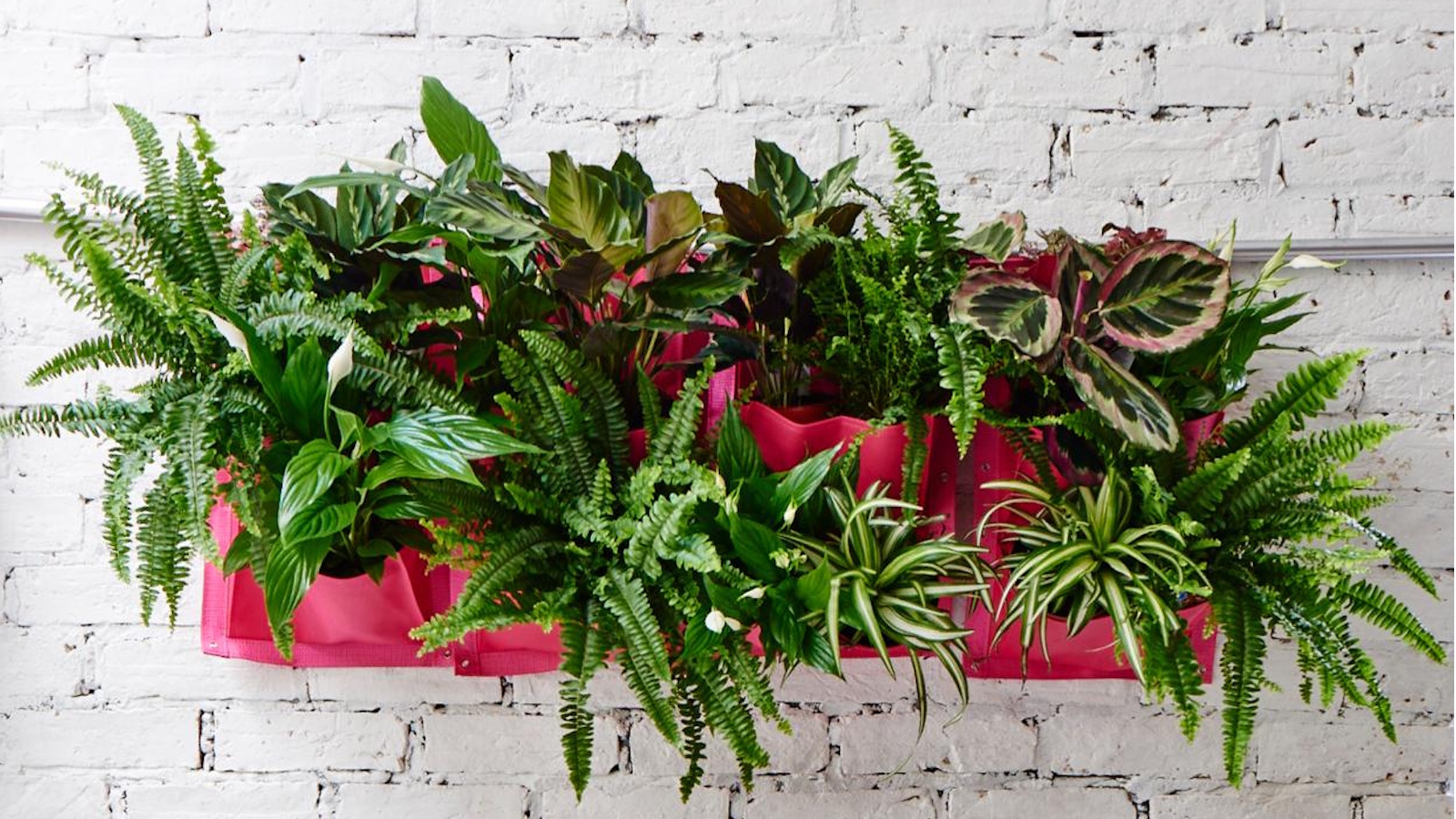

Now that fall is here, you may be turning your attention to your indoor garden. The colder seasons present the perfect opportunity to get creative with houseplants and one of the most unique ways to style them is mounting them to your wall.
Many of the best indoor plants can be mounted onto a base like a piece of wood and hung from the wall. It instantly creates some living art in your home and adds a new dimension to your houseplant display.
Not all houseplants are suitable for this growing habit, but the houseplants you can mount are actually quite easy to set-up and care for. Here, a houseplant expert shares their top choices for mounted houseplants, how to style houseplants in this way, and how to care for them successfully.
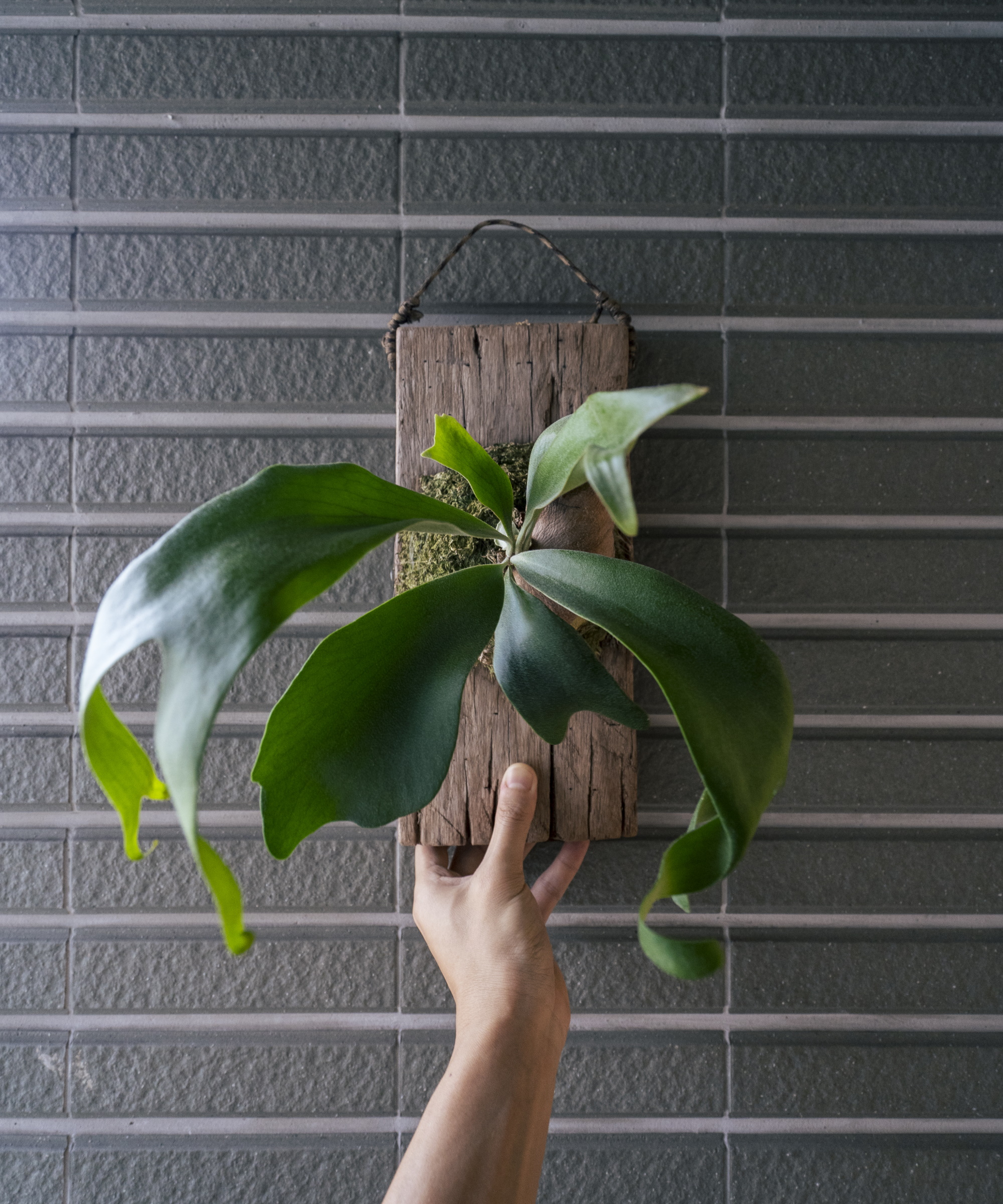
5 beautiful houseplants you can mount for living installations
You can choose to mount singular houseplants to create a statement piece, or use mounting as a technique to create an indoor vertical garden.
There are a few things you will need to mount the following houseplants:
- Clear fishing wire (from Amazon) or twine
- A mount of your choice, like these wooden boards from Amazon
- Moss (from Amazon)
1. Staghorn fern
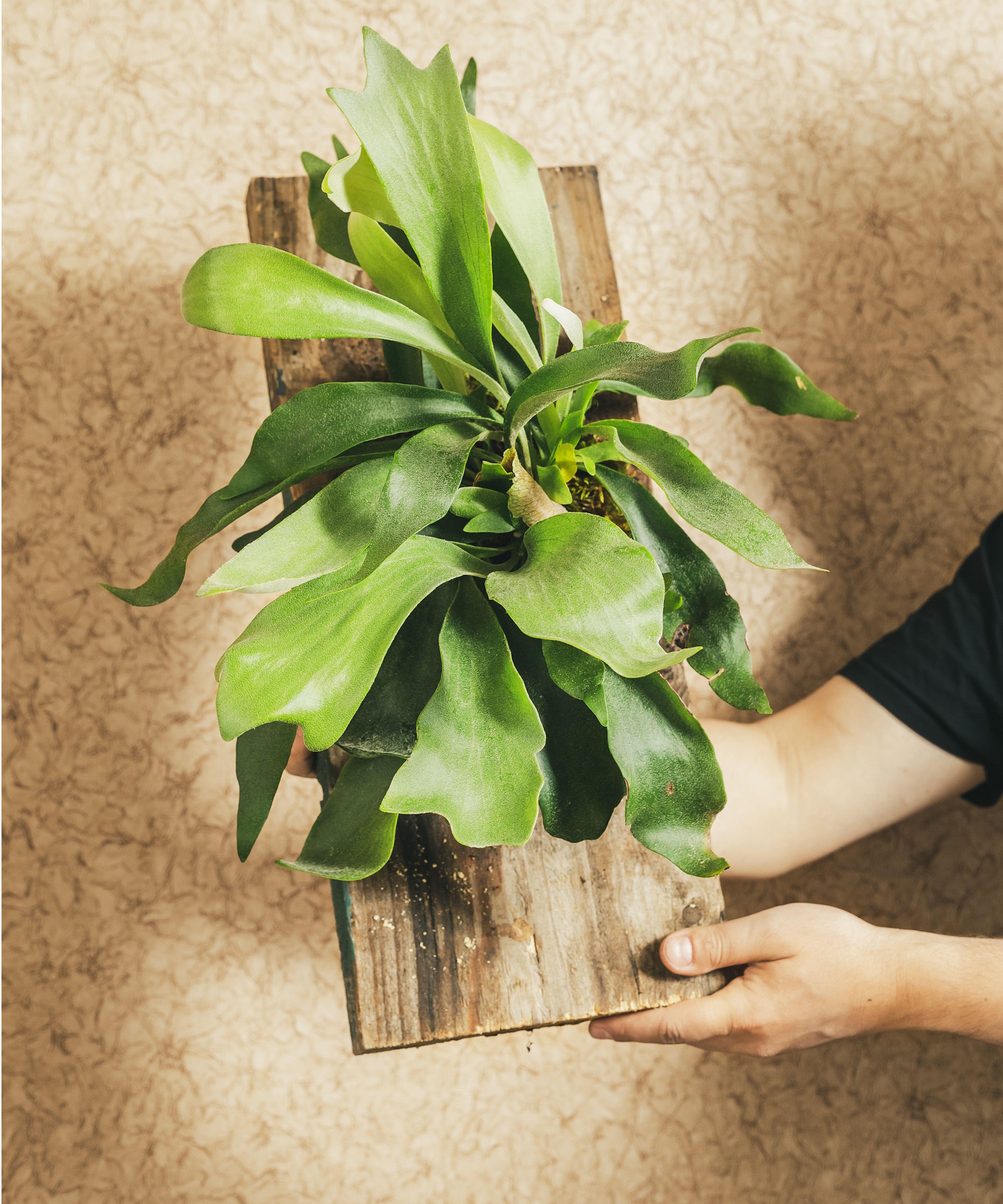
This is perhaps the first houseplant you can mount that comes to mind, as mounting is a common way to grow and care for staghorn ferns.
In its natural habitat of tropical rainforests, these epiphytes (plants that don't grow in soil but rather on surfaces) grow on the bark of trees, so it essentially naturally grows 'mounted.'
Design expertise in your inbox – from inspiring decorating ideas and beautiful celebrity homes to practical gardening advice and shopping round-ups.
To recreate this in the home, create a moss mound around the roots of the plant (with this moss for indoor plants from Amazon) and gently attach this base to a wooden board with clear wire or twine.
'Staghorn fern is an epiphyte preferring higher humidity (50-75%) which can be achieved by using methods to increase humidity for indoor plants, such as using a humidifier, misting (with this plant mister from Amazon), or by placing it in a bathroom,' says houseplant expert and garden designer Lee Miller.
When it comes to watering your staghorn fern, Lee suggests taking the mount off the wall.
'Soak the entire root ball in water when dry (usually once a week) and allow it to drain completely,' Lee explains.
'Do not remove the brown basal fronds, for their function is to collect water and nutrients for the plant,' she adds.
Find a staghorn fern at Walmart and use this specially designed staghorn fern mounting board from Amazon to mount it.

Lee Miller is a landscape/garden designer, consultant, garden coach, speaker, and award-winning garden blog author from the south shore of Long Island, who has been involved in the horticultural industry for over 29 years. She is the author of six gardening books, including her most recent addition, The Houseplant Guide: How to Easily Select & Maintain Indoor Plants. Lee is also a National Garden Bureau Member.
2. Moth orchid
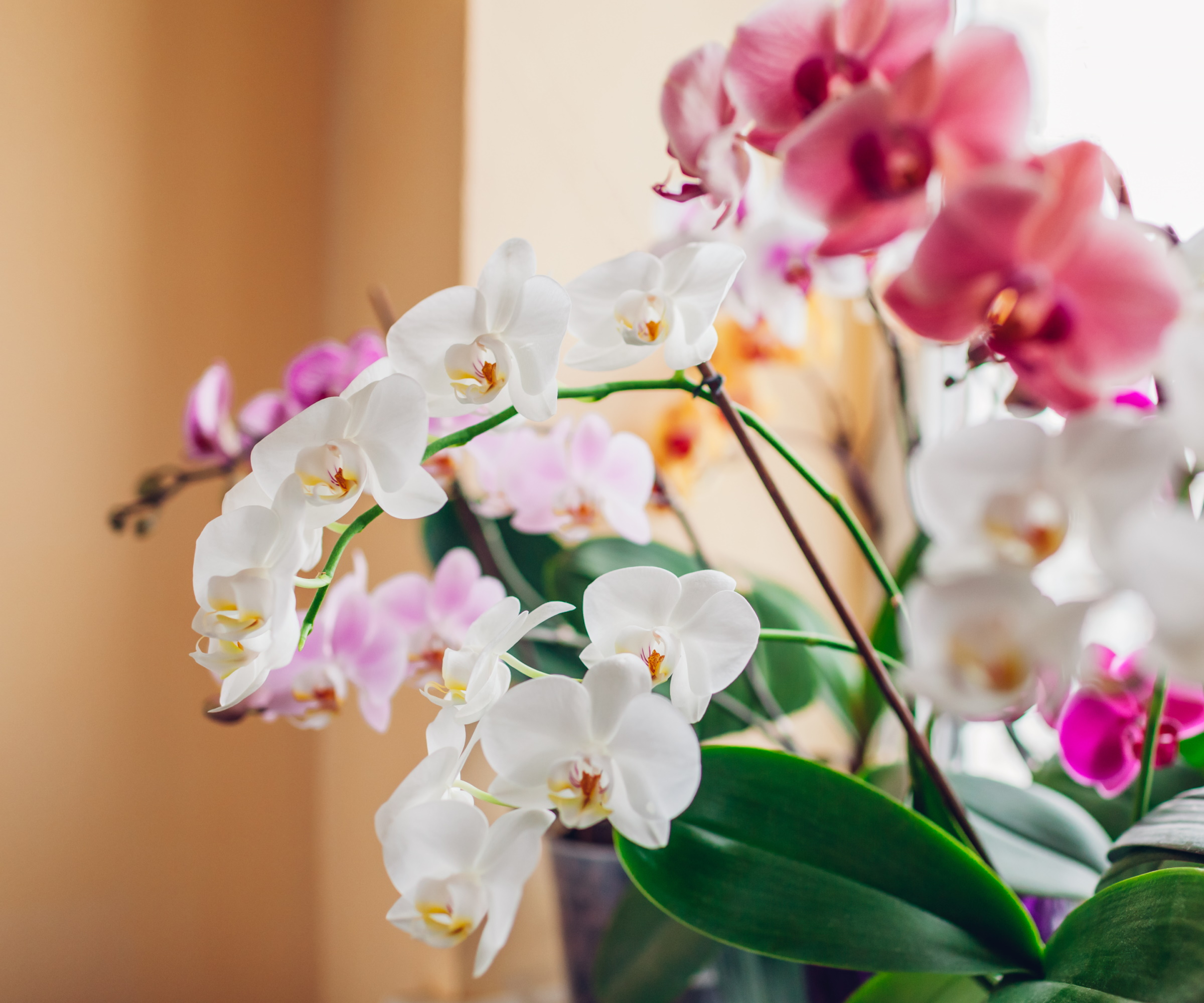
Another epiphyte, orchids can also be successfully mounted and grown vertically in your home.
Moth orchids are the most common type of orchid to be grown as houseplants, and these can be easily mounted.
Just like staghorn ferns, you can use sphagnum moss (from Amazon) around the root ball of your orchid to attach to a mount. Orchids have distinctive aerial roots which shouldn't be covered entirely, so they can soak up nutrients and oxygen from the air.
'When mounted, water orchids daily,' Lee advises. This is because they dry out much more quickly when mounted and don't hold onto so much moisture.
'Soak the roots in filtered water (as tap water isn't the best for these houseplants) and allow them to drain. You should also fertilize with a balanced orchid fertilizer (from Amazon) every two to four weeks during the growing season,' Lee says.
Shop for orchids at The Sill and use this orchid fiber board from Amazon to mount them.
3. Air plants
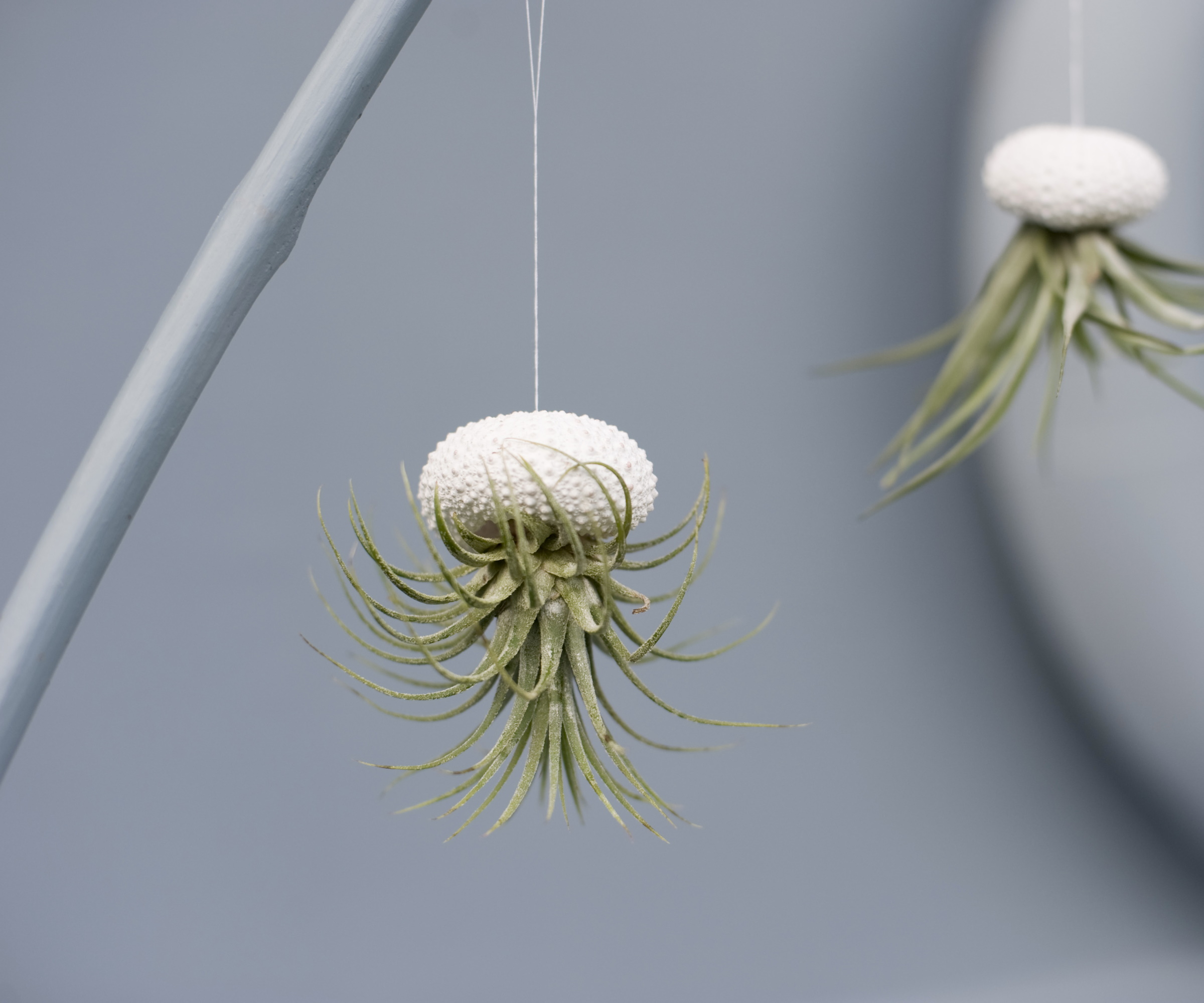
Air plants are perhaps the easiest houseplants you can mount to care for because they don't require anything but air and water to thrive.
'Tillandsia, or air plant obtains moisture and nutrients from the air using specialized trichomes in the leaves,' Lee explains.
To care for air plants that are mounted, you'll need a plant mister (like this one from Amazon).
'Rinse or mist twice plants weekly with tepid water or submerge for 20 minutes to an hour weekly and lay face down to remove excess water to drain,' Lee advises.
You can often purchase air plants already mounted. For example, these air plants from Amazon are in shell mounts that can be hung or attached to walls.
Or, you can use these air plant wall mounts from Amazon to set up a selection of air plants (like these from Walmart).
4. Hoya
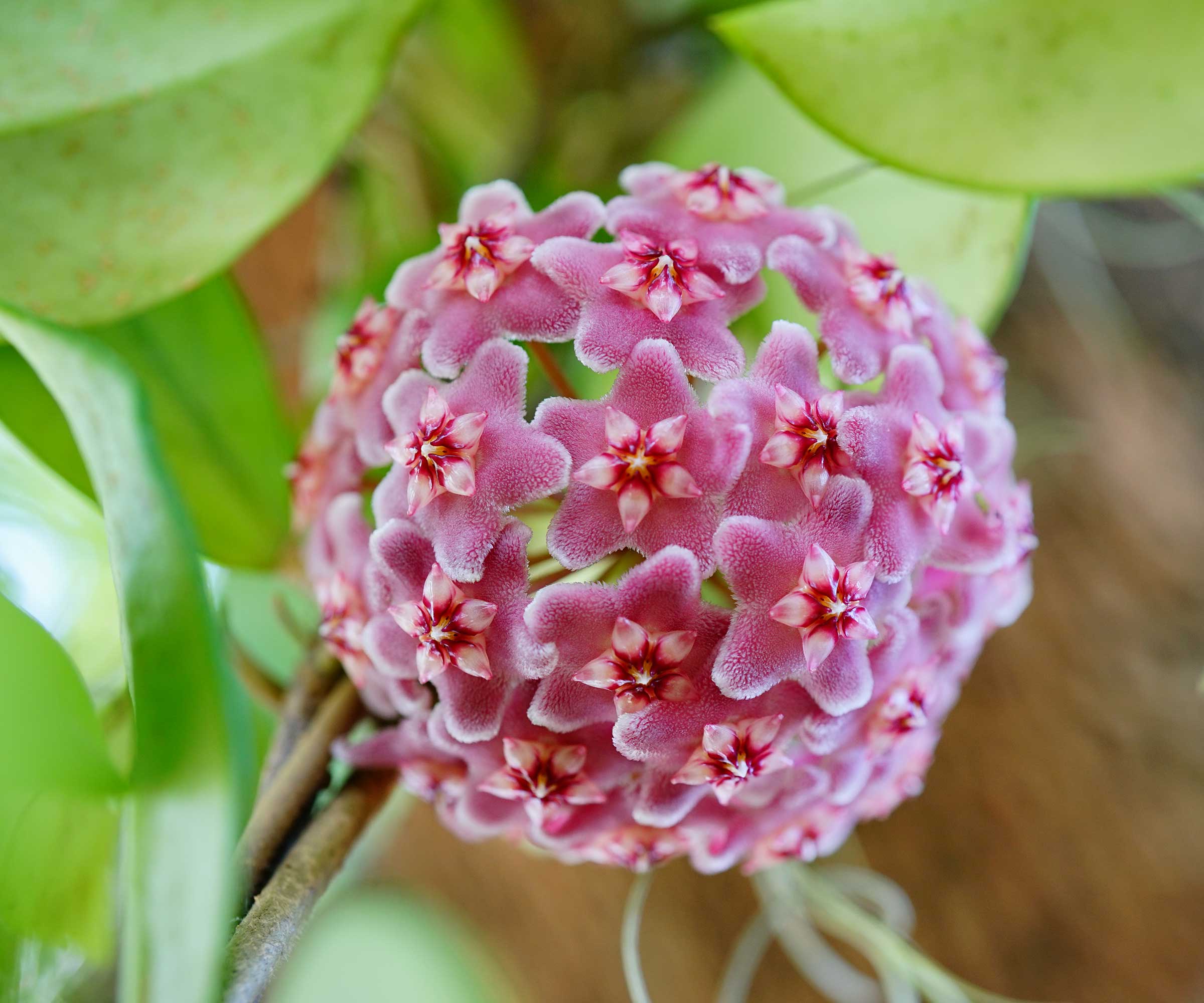
Another beautiful indoor flowering plant to try mounting is hoya. This gorgeous plant has a trailing nature that also makes it a popular indoor hanging plant.
'Hoya does well on a shelf, in a hanging basket, or mounted in sphagnum moss where it can cascade freely,' Lee says.
'Provide bright, indirect light away from direct sunlight, which can cause leaf scorch, and moderate watering, allowing it to dry out slightly in between,' she adds.
To help get your hoya to flower when mounted, you should use a hoya fertilizer (from Amazon) through the growing season.
Find a hoya plant at The Sill to mount.
5. Bromeliad
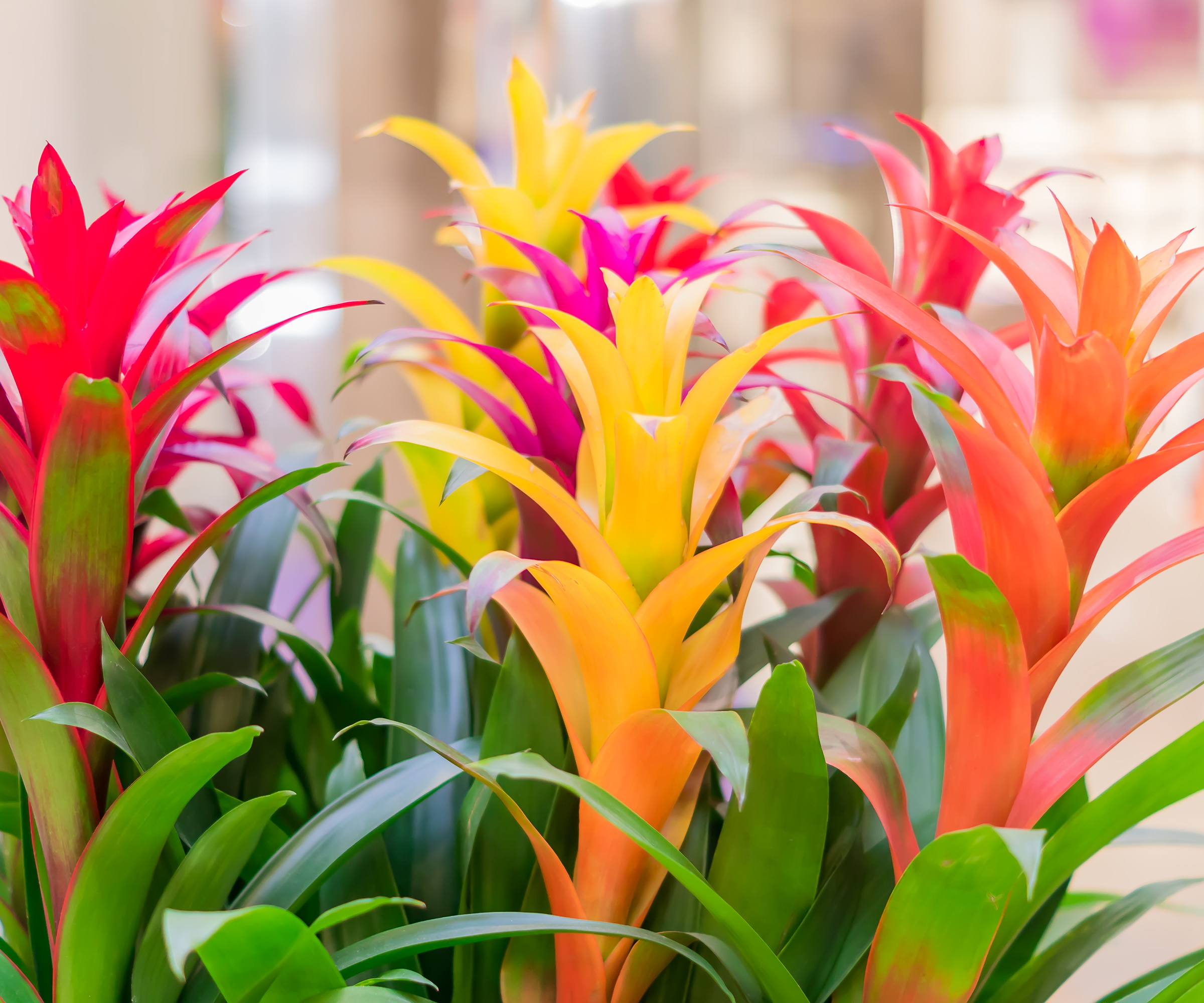
Bromeliads are some of the most eye-catching tropical indoor plants to have in your home. With luscious green foliage and striking bracts of all colors, it's a true statement plant.
These are once again epiphytes, growing naturally on the bark of trees and on rocks in tropical regions of the Americas. This makes them a good choice for mounting.
Driftwood (like this from Amazon) or cork work well for mounted bromeliads and can enhance the look of the display. You can then use moss or coco coir (from Amazon) to wrap the roots and attach them to the mount with twine or wire.
When caring for your bromeliad when mounted, one of the most important things to do is soak the roots deeply every week to maintain moisture levels. Make sure not to oversaturate the crown of the plant which can lead to crown rot and root rot.
Find bromeliads at The Sill.
FAQs
How long do mounted houseplants last?
Mounted houseplants can last for many years and even decades with proper care. Epiphytes (plants that naturally grow on bark and rocks, rather than in soil) are most suited to long-term mounting. Essential care will differ between plants, but generally speaking mounted houseplants need frequent watering, high humidity levels, and light pruning to stay healthy.
Other ways to elevate your houseplant display include using indoor plant shelves and indoor plant stands. Just make sure to choose a set-up that suits the needs for the houseplants you're growing.
Shop houseplant accessories:

Tenielle is a Gardens Content Editor at Homes & Gardens. She holds a qualification in MA Magazine Journalism and has over six years of journalistic experience. Before coming to Homes & Gardens, Tenielle was in the editorial department at the Royal Horticultural Society and worked on The Garden magazine. As our in-house houseplant expert, Tenielle writes on a range of solutions to houseplant problems, as well as other 'how to' guides, inspiring garden projects, and the latest gardening news. When she isn't writing, Tenielle can be found propagating her ever-growing collection of indoor plants, helping others overcome common houseplant pests and diseases, volunteering at a local gardening club, and attending gardening workshops, like a composting masterclass.
You must confirm your public display name before commenting
Please logout and then login again, you will then be prompted to enter your display name.
